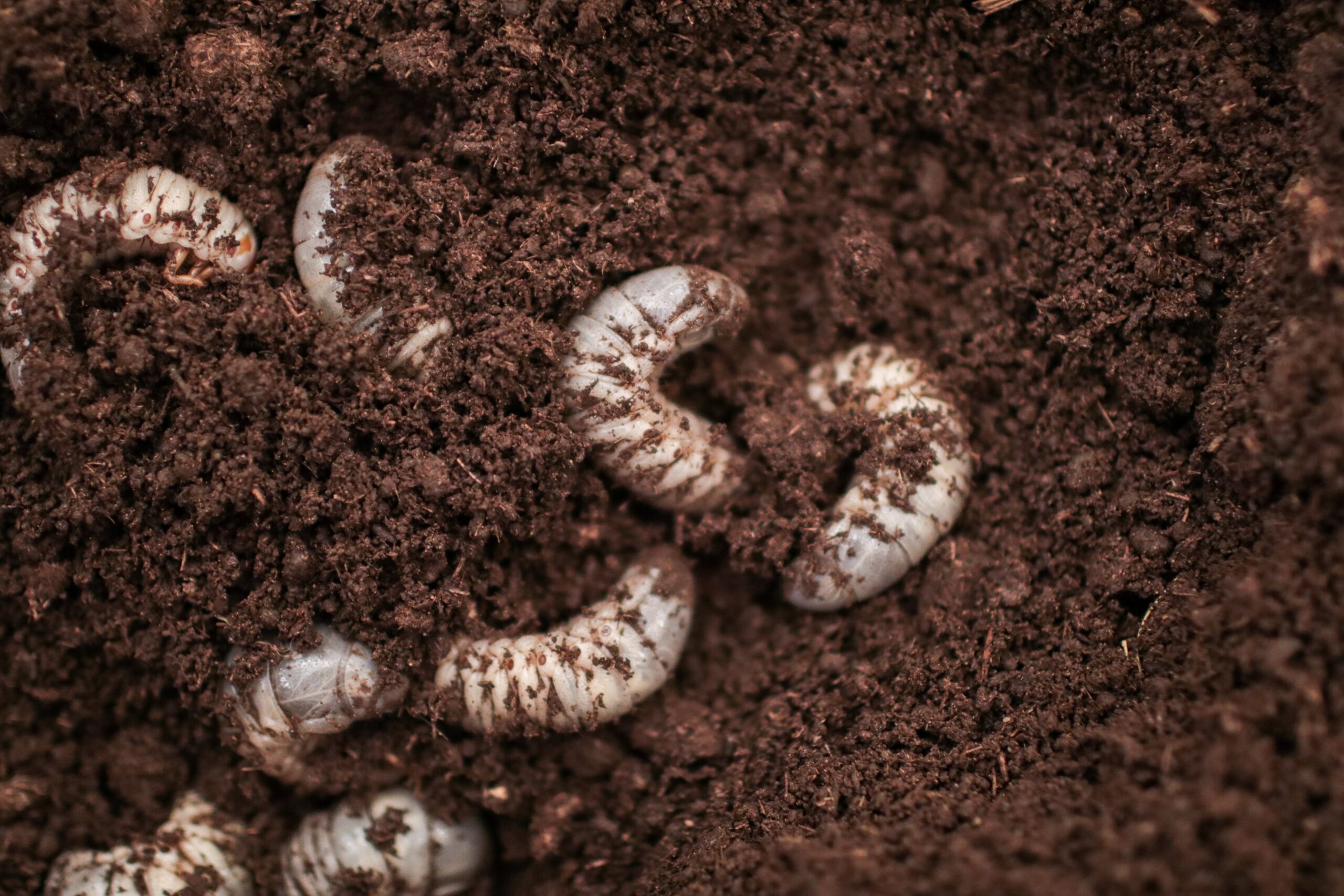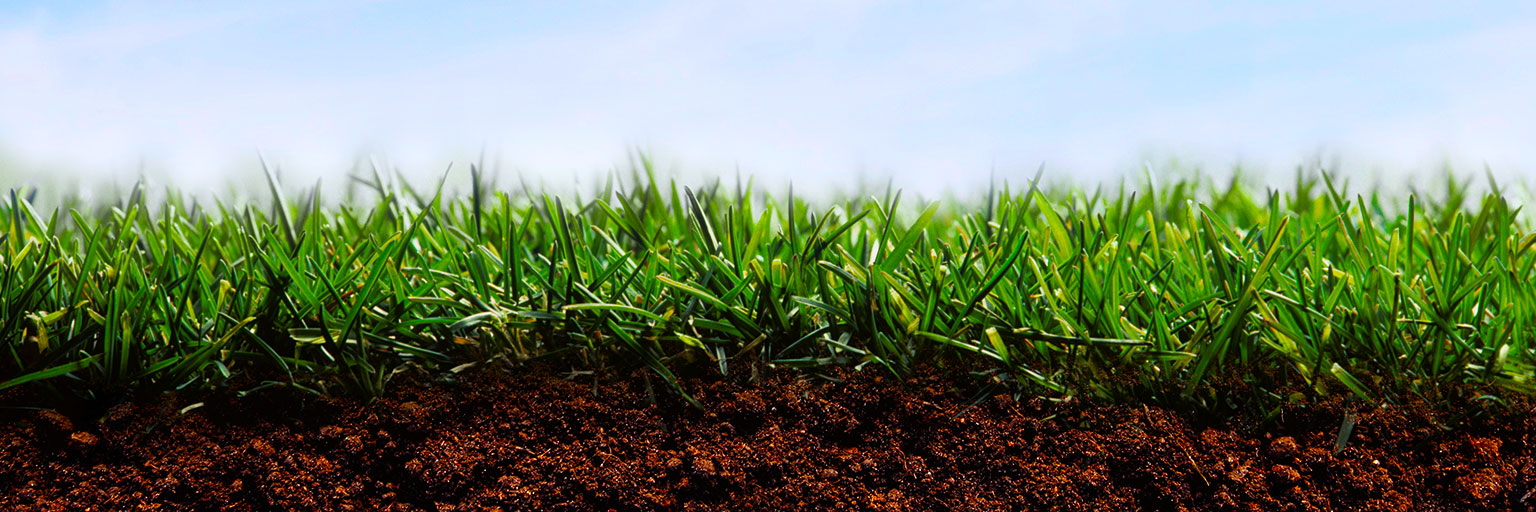
Limestone And Lawn Acidity
March 26, 2021
Limestone And Lawn Acidity
When it comes to treating your lawn, it can be a bit overwhelming by the many products and lawn care services there are, all promising to get your lawn looking great. Although there are many options, one thing is for sure, we all want a thick, green, healthy lawn that we can be proud of.
It can be frustrating when you are paying for a service and your lawn doesn’t seem to be getting any better. If your weed killer and fertilizer seem to no longer be effective your soil may be the problem. In this case, limestone is usually recommended to help get your soil and lawn back to being healthy.
What Is Lime?
Limestone is an application used to level out the soils pH and improve the health of your plants and lawn.
It is a granular product made up from ground limestone rock, which naturally contains calcium and magnesium carbonate. These components work together to increase the soils pH level, making it less acidic and more alkaline.
Applying a lime treatment can help your lawn recover the nutrients that have been lost due to the acidity and can help repair the damage caused by it.
Does My Lawn Needs Lime?
Lawns need a limestone application when the soil pH has no nutritional value. For your lawn to thrive, you want your soils pH levels ranging anywhere around 6 to 7. If the soil is too acidic, a limestone application will help raise the pH level and get your lawn back to a neutral level.
Without having a soil test, if you see your grass is starting to die, or become yellow and failing to respond after receiving fertilizer treatment, that can also be a sign that your soil is acidic and needs an application.
With acidic soil you can develop lawn disease, an increase in weeds, lawn moss, and even pests. Many weeds that can appear in a lawn actually prefer acidic soil and having a low pH level can prevent any treatments from being effective.
Other signs you may need an application is if you’ve recently experienced a drought and you lawn is unable to recover or you received too much rainfall. Too much rainfall can remove the basic nutrients, leaving your lawn with acidic pH levels.
Application Process
When applying limestone, there are several factors to consider. The soil moisture is very important regarding the reaction of the limestone.
Because of this, testing the soil every few years is important because limestone requires soil moisture and it takes time for the soil to neutralize. Soil pH can fluctuate during the year and is the lowest in the fall because of plant removal and fertilizer applications.
When looking to receive a limestone application, some products may show to be “fast-acting.” Fast-acting solutions are usually more powerful than a product that works steadily over time. Because of this, your lawn can receive too much product at once. If too much calcium is absorbed at once, it can push the soil too far to be alkaline, causing plants to not receive and absorb enough nutrients to grow and be healthy.
For the best result, it is most beneficial to use a product that releases steadily over a period of time. Although it may take longer to raise the pH level and to see results, it will produce better long lasting results in the end.
Given this information, usually the best time to apply lime is in the spring or the fall because of the soil. The granular product is applied with a fertilizer spreader.
Recent News
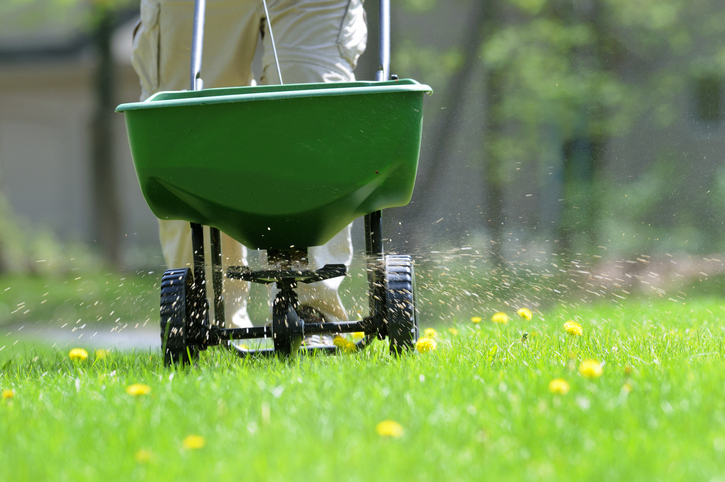
Professional vs. DIY Lawn Care: Which is right for you?
March 28, 2024
For many of us homeowners, the arrival of spring brings back the desire for a...
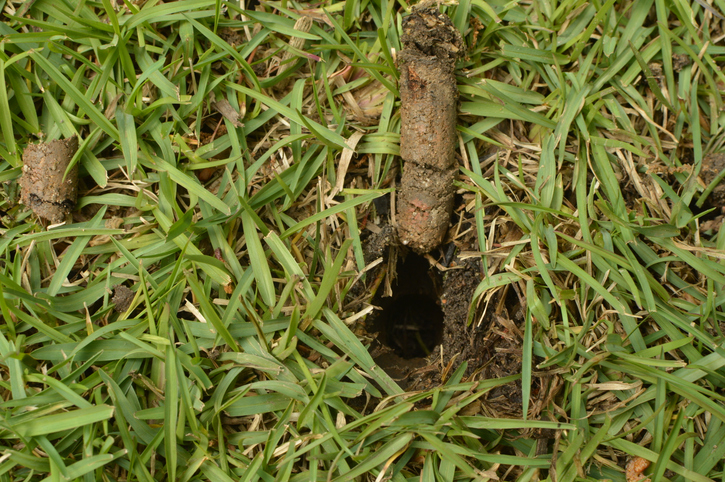
Spring is here—should you aerate your lawn?
March 28, 2024
Spring is here, and lawns are emerging from their winter dormancy. If you’re now thinking...
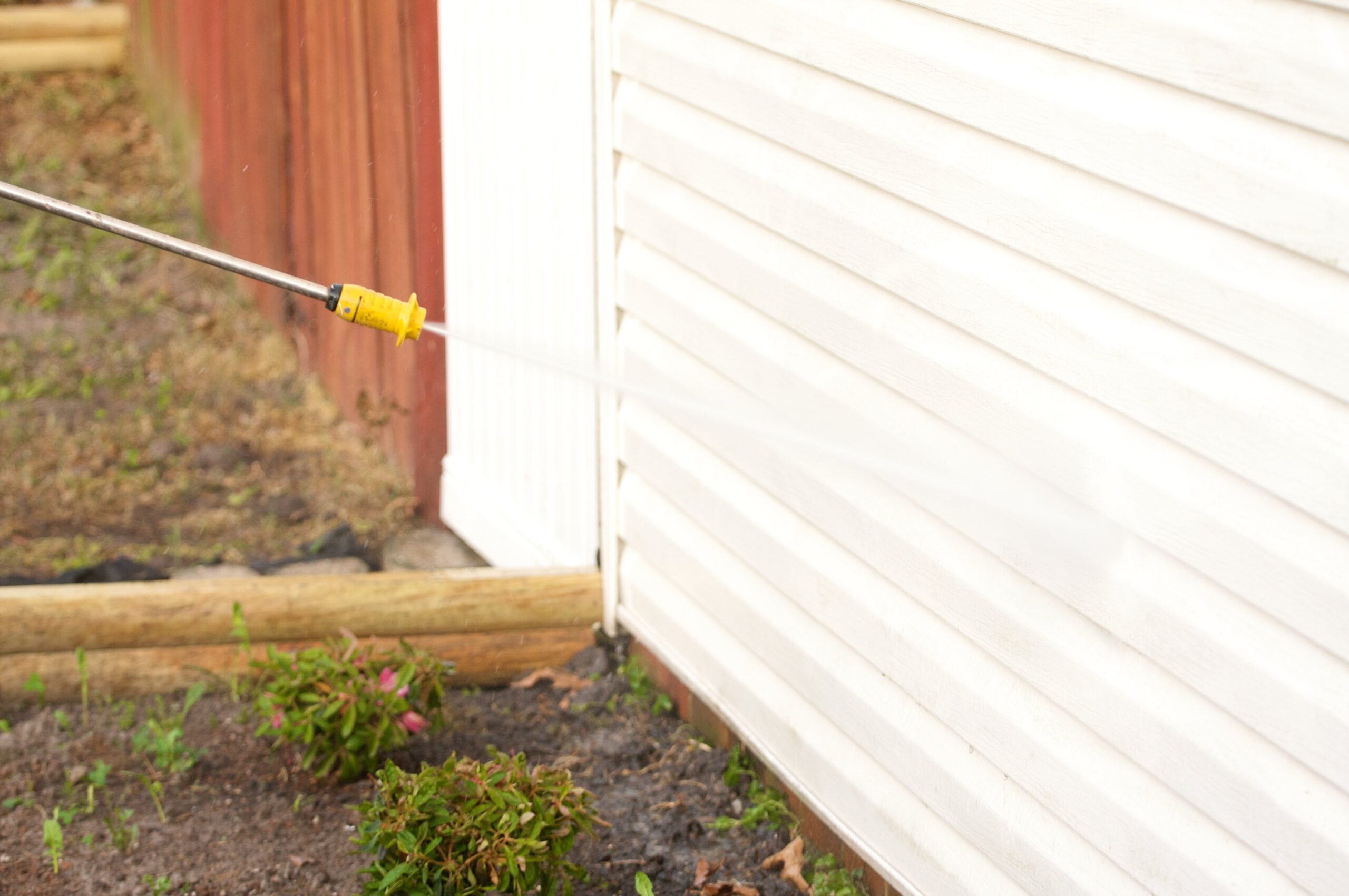
Pest Control for Fall
October 18, 2023
Now that the weather is getting colder, you may start to see unwanted insects seeking...
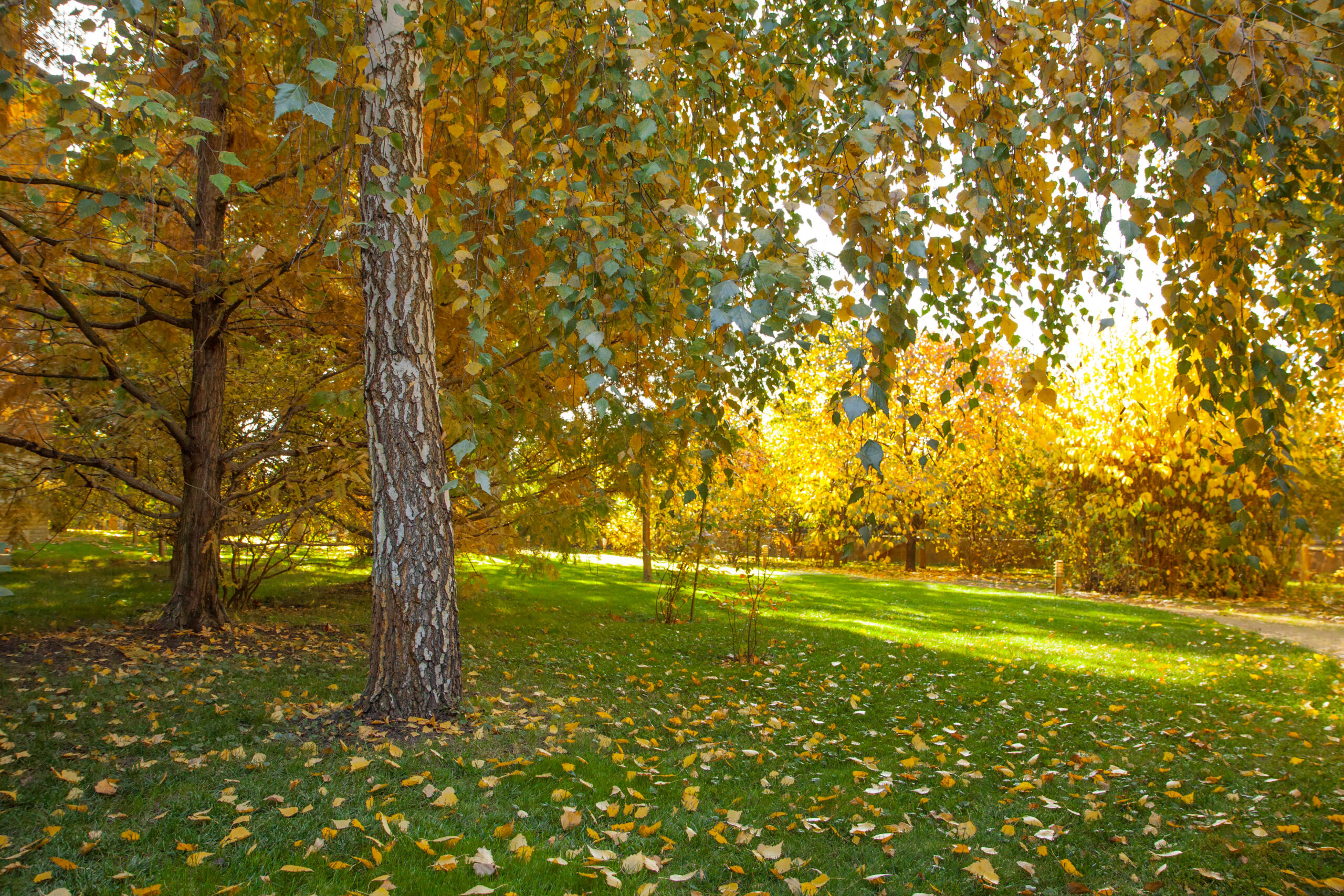
What is Limestone?
September 27, 2023
Fall is officially here and with that comes fall services that benefit your lawn before...
